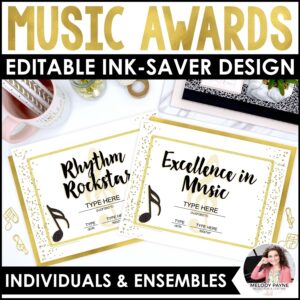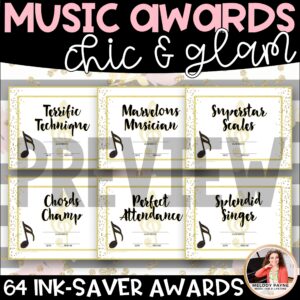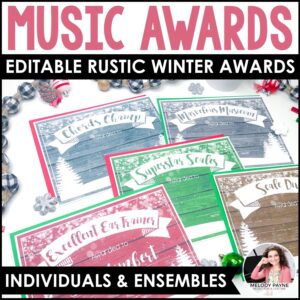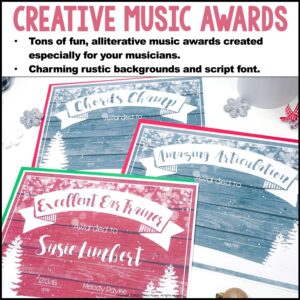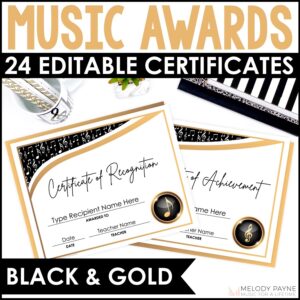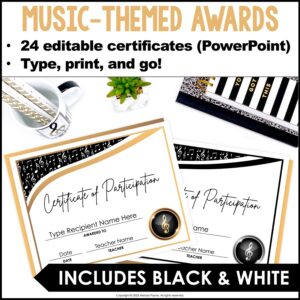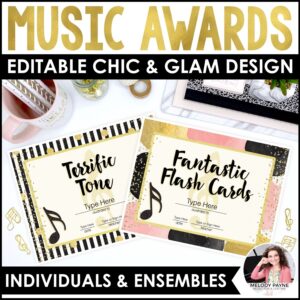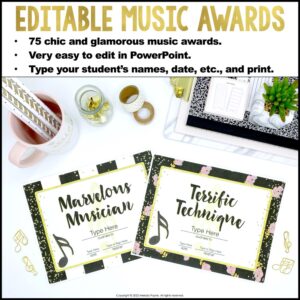150 Creative Ways to Say “Good Job” in Piano Lessons
This post may contain affiliate links. If you purchase something through an affiliate link, I will receive a small commission at no cost to you. For more information, read the disclosure statement here.
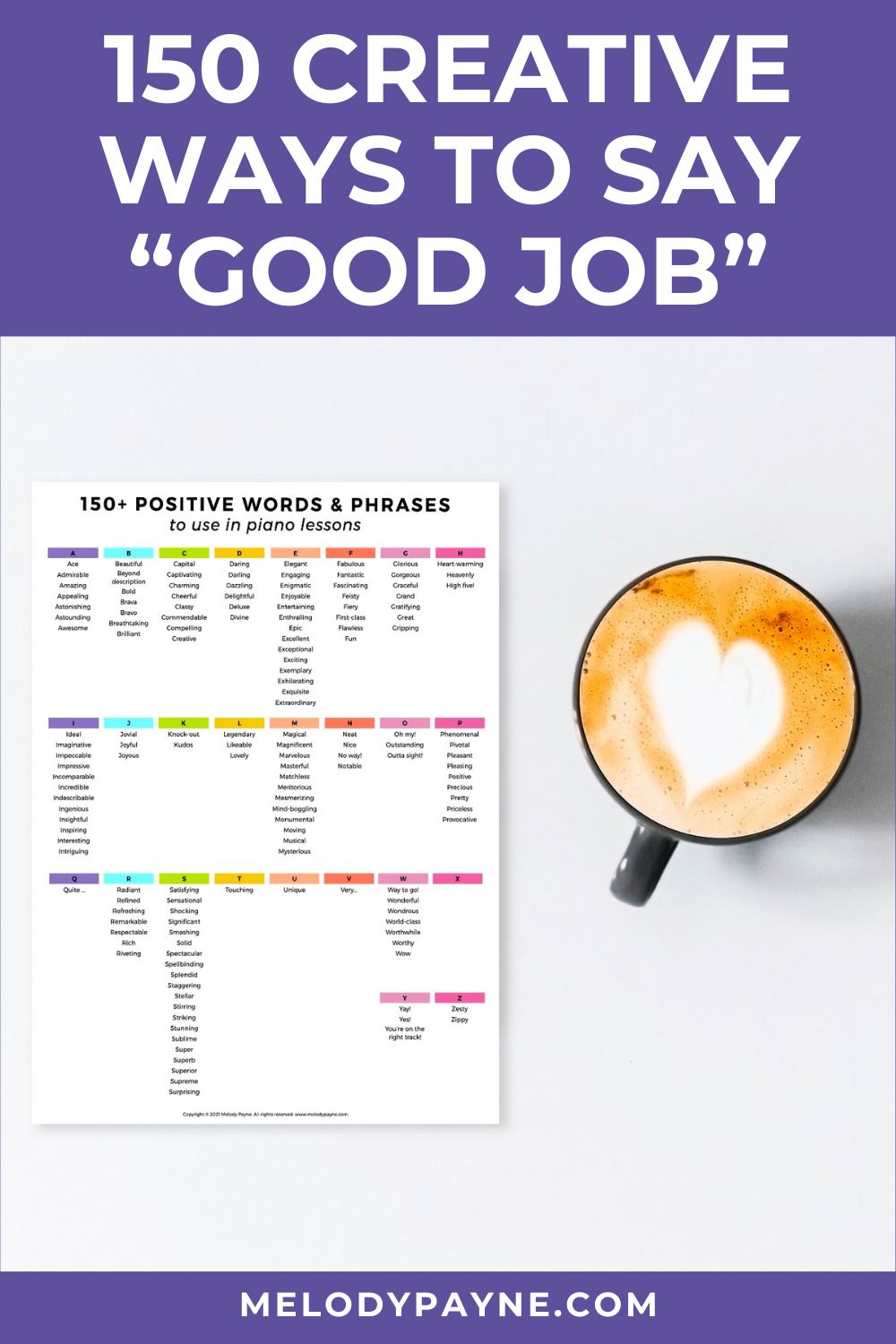
Does this sound familiar?
Good job! That was good! Very good! What a good performance! Sounding good! Wow, that was so good!
I was sounding like a broken record and didn’t even realize it.
My toolbox for complimenting my students in their piano lessons was not “very good”, and I was stuck in a rut with my boring and repetitive praise and encouragement words, all of which incorporated the same not-so-creative word: “Good.”
Then one day in my graduate piano pedagogy class, my professor, Dr. Steve Betts, challenged us to eliminate the word “good” from our piano teaching vocabulary.
A bold move? I certainly thought so! If I couldn’t say “good” anymore, what would I say to my students when their performances were… well… good?
The assignment
In true “Steve” fashion, thinking about replacing negative habits with positive ones, he also asked us to begin building our complimentary words and phrases toolbox by coming up with a list of words we could say instead of “good.”
He then challenged us to be more thoughtful and purposeful in the compliments and encouragement we were giving our students.
This led to creating not only a basic list of words, but a hierarchy of imaginative words to use instead of always defaulting to “good.”
As I’m hardwired to do, I took the suggestion to heart, and I began thinking of new ways to express to my students that they were improving, on the right track, and doing well.
And of course, I wrote down as many complimentary and descriptive words as I could think of so I could fill my mental toolbox with more meaningful and colorful words and phrases to share with my students.
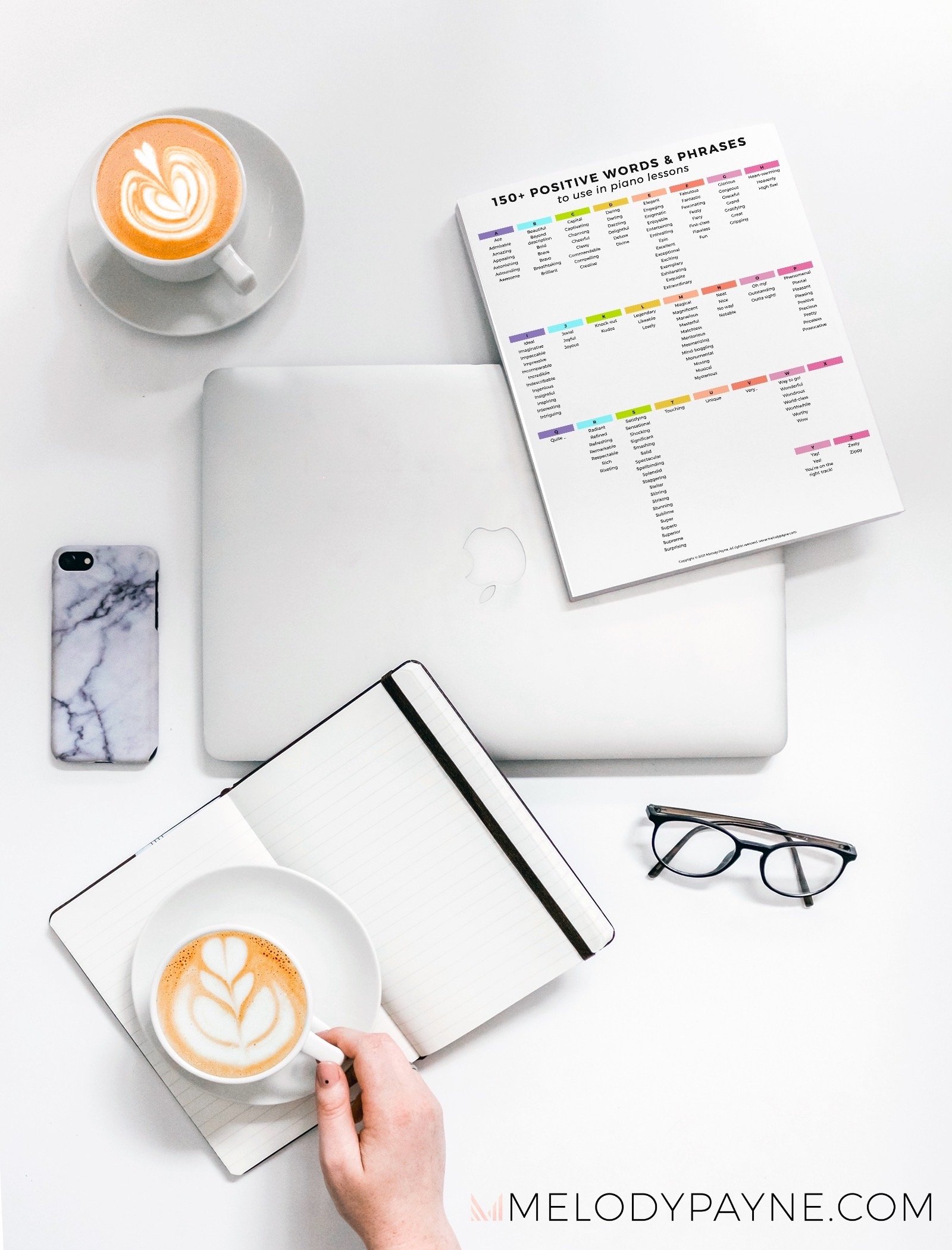
Why is this important?
- Students grow bored hearing the same word after every piece, every week.
- Students who hear the same words and phrases over and over begin to grow numb not only to the phrases, but also to the meaning behind the phrases, and begin to tune them out.
- The phrases themselves lose their meaning to us when we use the exact same phrases over and over in our teaching.
- Using a form of the same word for every teaching and growth situation doesn’t let students know how they are doing on any sort of scale.
- We as teachers grow complacent with our own teaching vocabulary, and in turn, might be boring our students with our lack of colorful and imaginative phraseology.
What can we do about it?
- Start by choosing one word to replace “good” in your teaching vocabulary. How about “super,” “nice,” “beautiful,” or “moving?” Don’t those words provide a much better picture of what we really mean instead of using the word “good” with our students for the 1,000th time?
- Imagine how emphasizing a variety of words and phrases can enhance our students’ understanding of how well they’re actually doing, rather than having to guess the difference between “good job” and “very good.”
- Wouldn’t you rather hear that your performance was “deeply musical,” “charming,” or “exceptional,” rather than hearing it was just “good?” I know I would! Plus, you can help build your students’ vocabulary by using words they might not hear on a regular basis. Words like “pleasing,” “commendable,” or “superb.”
- We can also use these words to spice up our adjudication vocabulary! Imagine how impressed a student would be whose adjudication form included descriptions such as “compelling voicing,” “masterful dynamics,” or “enthralling articulation” rather than “good voicing,” “good dynamics,” or “good articulation!”
More Encouraging Resources You'll Love
-
End of Year Music Awards Certificates for Ensembles, Classes, and Lessons
- $5.00Earn 5.00 Reward Points
- Rated 5.00 out of 5
- Add to cart
-
63+ Rustic Winter Music Awards Certificates – Editable
- $6.00Earn 6.00 Reward Points
- Add to cart
-
24 Printable Editable Music Awards Certificates for Piano Recitals and Music Class
- $5.25Earn 5.25 Reward Points
- Add to cart
-
Editable Printable Music Awards Certificates for Piano, Ensembles, and More – Chic & Glam
- $5.50Earn 5.50 Reward Points
- Rated 5.00 out of 5
- Add to cart
Ready to get creative?
I’ve designed a free download just for you that includes over 150 words and phrases you can use to replace “good,” “good job,” and “very good” in your teaching vocabulary and spice up the feedback you give your students.
Get started by choosing one word from the list to use today. When that word becomes a natural part of your teaching vocabulary, choose another word to add to your collection.
Today you might add the word “inspiring” to your list of feedback words. Then tomorrow, you might add “charming,” and the next day, “stellar.” Or you may choose to work your way through the list alphabetically.
Or you might add a new word each week, or a new word for each student. They way you choose to add the words to your vocabulary toolbox is 100% up to you.
Before you know it, your piano teaching vocabulary will be bursting at the seams with imaginative and creative ways to encourage your students and let them know how well they’re doing in a colorful and meaningful way.
Get the free list of 150+ words and phrases here:
Kudos Cards for piano students
Want a super easy way to praise students with your new words? Download these Kudos Cards and print them out for your piano students. Then, for a job well done, give the student a Kudos Card! For exceptional work, there’s room on each card to write a short note to your students, commending them on their performance.
Digital JPG files are included, so you can share them with your students digitally during online piano lessons. You can text them, email them, use them in Google Classroom, and more!
You can even use the GoodNotes or Notability app (among others) on your iPad and use your Apple Pencil to write on them. Then share them with your students directly from your iPad app.

Let’s promise to expand the collection of encouraging words we use with our students. This will benefit all of us and help us dig more deeply and purposefully to find the perfect word to capture exactly what we intend to express.
Don't miss out!
Follow on Facebook and Instagram, join the best Facebook group for piano teachers, and subscribe to the newsletter to get helpful teaching tips, resources, and tutorials delivered straight to your inbox every week.
Melody Payne
Melody Payne
Welcome!
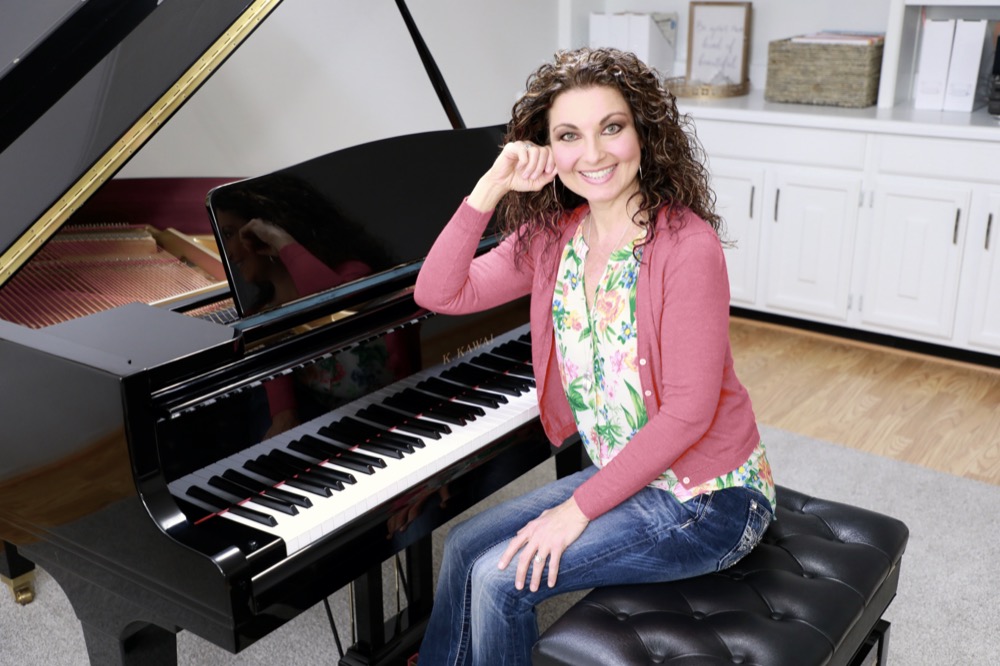
Hi! I’m Melody Payne, a pianist and piano teacher, educational resource author, a fun-loving wife to the most wonderful and talented hubby I could ask for, and a lifelong learner who loves to share. I want to make your life as a music teacher easier by writing and sharing helpful and relevant music teaching articles, and by creating educational resources with your very own students in mind. If you are a parent who wants to enroll your child in piano lessons, I’d love for us to get started building those skills that can give your child a lifetime of musical enjoyment!

